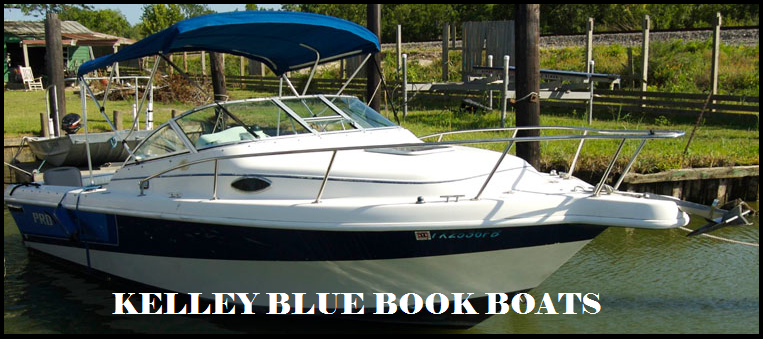Steps To Determine NADA Boat Value

Steps to Determine NADA Boat Value
Navigating the world of boat ownership is an exhilarating experience, but understanding the true value of your vessel is crucial whether you’re buying, selling, or simply curious. The National Automobile Dealers Association (NADA) provides a reliable guide for boat values. Here’s a step-by-step guide to help you determine your boat’s value using the NADA guide.
1. Gather Essential Information
Before you start, collect all necessary details about your boat:
- Make and Model: The manufacturer and specific model of the boat.
- Year: The year the boat was built.
- Length: The overall length of the boat.
- Engine Type and Size: Details about the boat’s engine, including horsepower and type (inboard, outboard, etc.).
- Optional Equipment: Any additional equipment or features that add value, such as GPS systems, fish finders, or upgraded seating.
2. Visit the NADA Guides Website
Navigate to the NADA Guides website. The NADA offers a user-friendly platform for estimating the value of a wide range of boats.
3. Select the Type of Boat
On the NADA Guides homepage, select the type of boat you own or are interested in. NADA covers a variety of boats including powerboats, sailboats, and personal watercraft.
4. Input Boat Details
Enter the specific details of your boat into the NADA valuation tool. This typically includes:
- Manufacturer
- Year
- Model
- Length
- Engine details
The more accurate the information you provide, the more precise the valuation will be.
5. Add Optional Equipment
After inputting the basic details, you’ll have the option to add any additional equipment or features. These can significantly affect the overall value of the boat. Ensure you list all relevant extras to get a comprehensive valuation.
